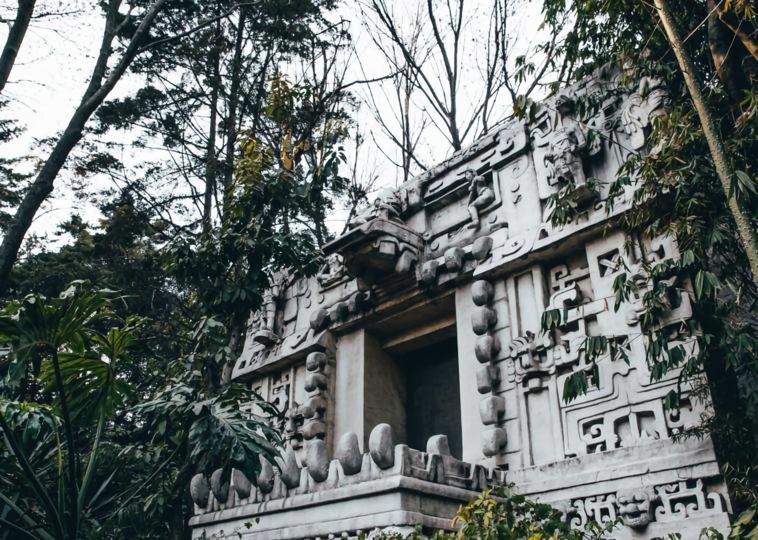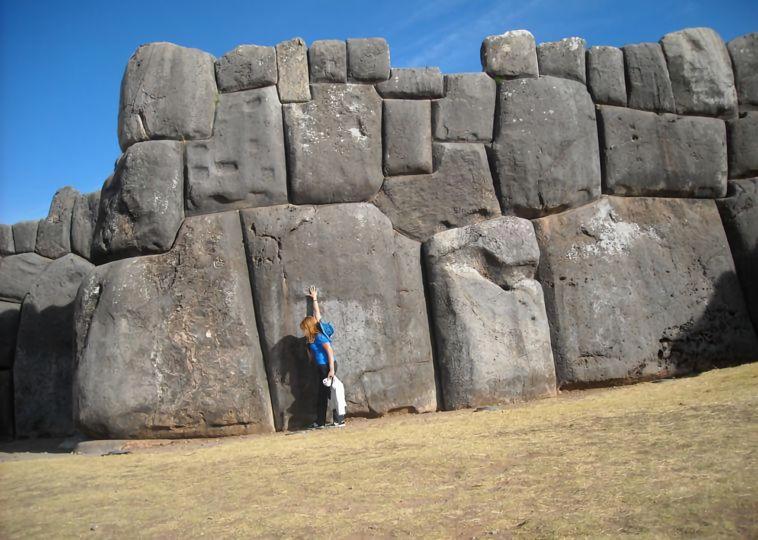Top 5 Mysterious Archaeological Discoveries on Earth

The archaeological discoveries keep reminding us of the creative spirit of our ancestors. As long as the human race exists, we have tried to understand our origins and meaning in life. But the more we search, the more we know how little we know about our ancestors.
But thanks to countless archaeological discoveries made around the world, we are beginning to understand that human history is much more complex than we ever imagined. Evidence of the complexity of our history is the many archaeological discoveries made over the centuries which point to a complex species that has achieved unimaginable things.
Sacsayhuaman

Sacsayhuaman is an old walled complex in Machu Picchu, Peru, built during the reign of Pachacuti. Well-built walls are a testament to the Inca power and the Inca architects’ skills and approach. The Sacsayhuaman is still used today for reenactments of Inca-inspired ceremonies. The fortress was the largest structure built by the Incas.
It was built on a raised ledge overlooking the northern swampy ground outside the Incan capital, Cuzco. Later rulers replaced them with magnificent masonry, which used huge, finely cut polygonal blocks, many over 4 meters high and weighing over 100 tons. Huge boulders were mined and shaped with nothing more than harder stones and bronze tools.
Nazca Lines

Nazca lines are an unusual formation of white lines that can be seen when flying over the desert in southern Peru. Through close observation, you can also see 70 animals, plant structures, and 300 geometric shapes. The purpose of these lines is still unknown. Archaeologists estimated Nazca lines from Nazca Indians between 500 BC and 700 AD.
Many people believed that aliens formed these lines to follow the right path. From the ground up, the Nazca Lines of Peru are nothing spectacular. From the air, they were first seen by commercial aircraft in the 1920s and 30s, and they are breathtaking. Why they did, remains puzzling, causing conspiracy theorists to float ideas about alien landings and ancient astrology.
Gobekli Tepe

Gobekli Tepe is the oldest archaeological site in the world in Turkey. This construction reminds you of the artistic power of the Stone Age people around 11000 years ago. The limestone columns with a weight of 15 to 22 tons are used for this construction are cut from huge blocks of rock. The archaeologists found 200 massive columns during the expedition.
With several rings made of enormous stone pillars carved with animal scenes and dating from the 10th millennium BC, Gobekli Tepe is the oldest cult place in the world. Several rings are made of enormous stone pillars carved with animal scenes dating from the 10th millennium BC. Gobekli Tepe is the oldest cult place in the world.
Stonehenge

Stonehenge is a prehistoric, 5000-year-old monument in Salisbury town in England. The larger stone has a height of 30 feet, called Sarsens, and weighs up to 25 tons. The actual purpose of this stone slope is still unknown. The prehistoric monument, commonly known as Stonehenge, is one of the most famous landmarks in the world.
The megalithic stone ring was built thousands of years ago and was an impressive achievement for the primitive people who made it, but that’s all archaeologists know for sure. No theories about Stonehenge’s original purpose, ranging from an astronomical observatory to a religious healing temple, have ever been set in stone.
The Lost City of Atlantis

The lost city of Atlantis is probably the most mysterious archaeological discovery ever. In 360 BC, Plato made the first assumption about Atlantis City, which sank into the ocean. Investigations believed that a strong tsunami struck the city in the 10th millennium BC; it fell Atlantis City into the ocean.
But the absolute truth behind Atlantis City is still unknown by archaeologists. Water rings and land separate the wealthy city. Atlantis City belongs somewhere in the Atlantic Ocean. To date, the researchers have not been able to identify the actual location of this city.


